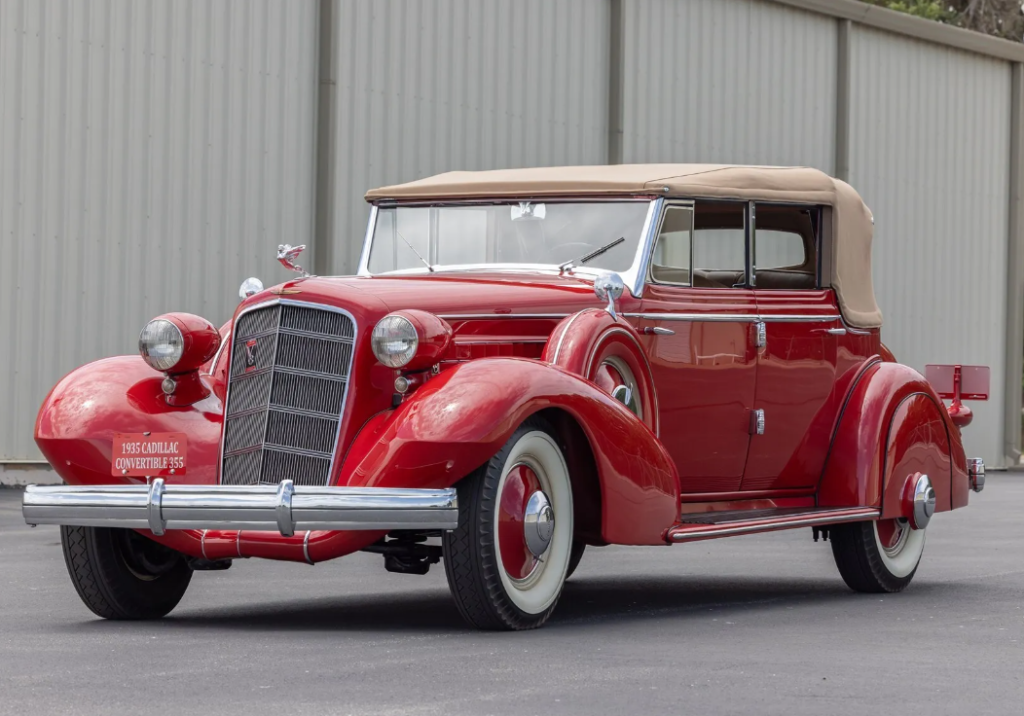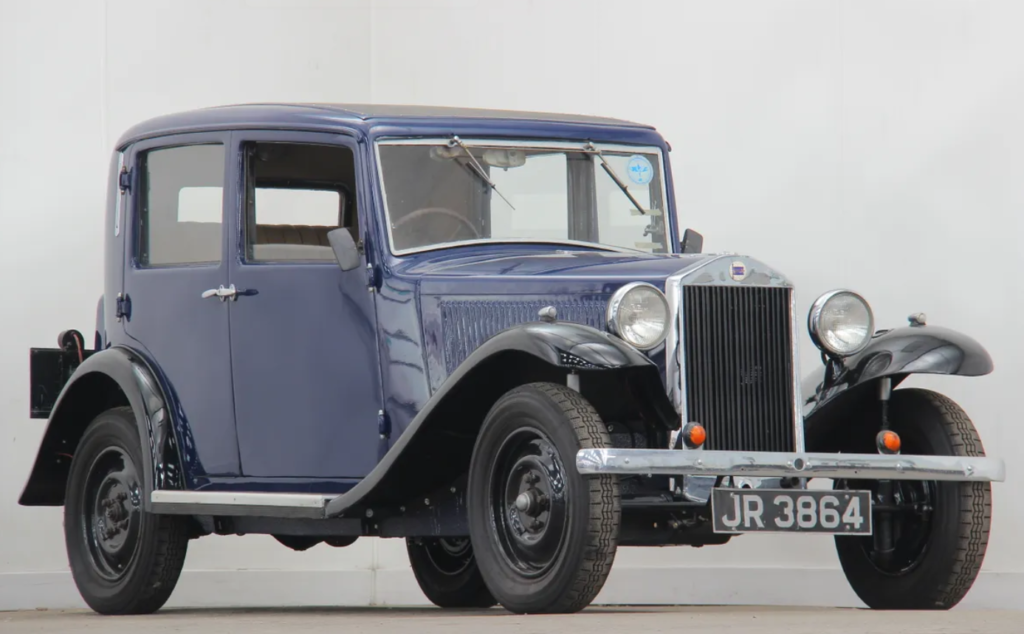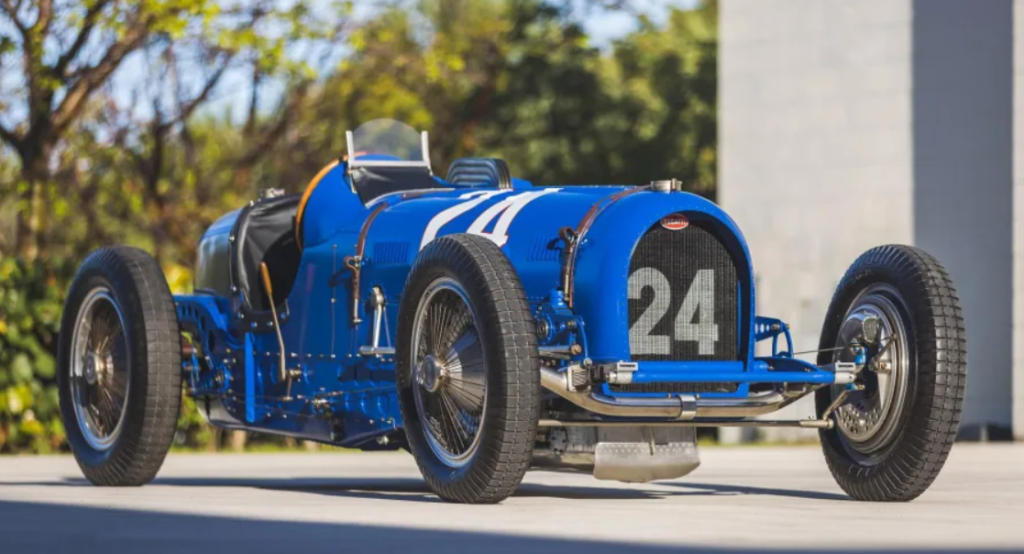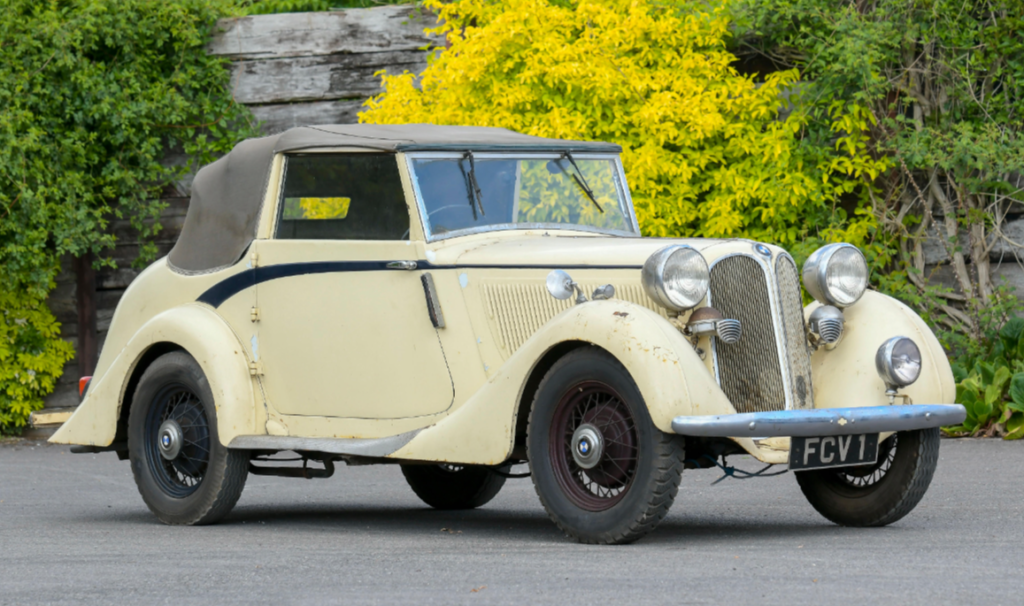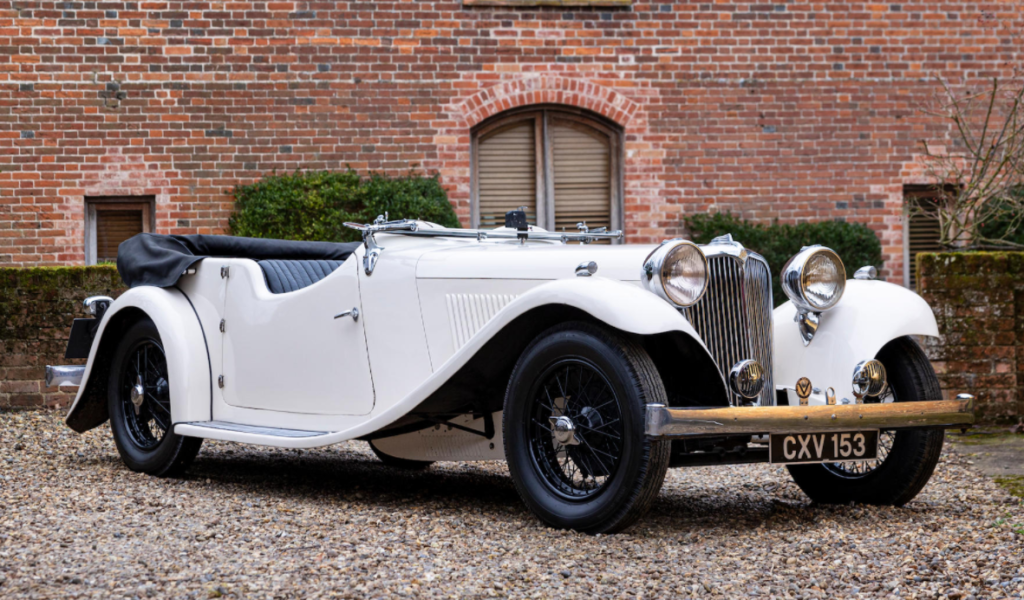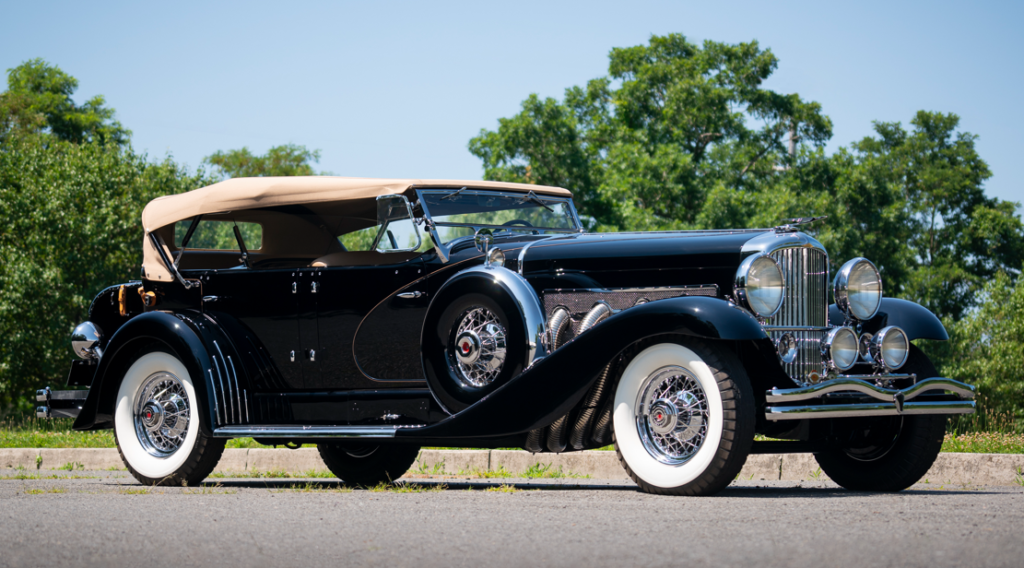1935 Voisin C28 Clairiere Berline
Offered by Gooding & Company | Amelia Island, Florida | February/March 2024

Well, once the world found out that the Mullin collection was getting dispersed, we all should’ve prepared ourselves for some Voisins to come to market. This C28 is one of two known with “Clairiere” coachwork, a style that was introduced on the earlier C25 chassis.
The C28 is powered by a 3.3-liter Knight sleeve-valve inline-six rated at 110 horsepower. Of the two known to exist, the other is locked away forever in the Schlumpf hoard in France. So if you want one, this is it.
It has known ownership from knew, having been first delivered in Berlin in 1936, despite being titled as a 1929. It was owned by the Voisin family in the late 1990s and came into the current collection in 2010. The catalog carries a very reassuring disclaimer that the car has been in storage and “may not be currently operational.” So, you know, maybe it runs. The estimate is $350,000-$450,000. More info can be found here.

